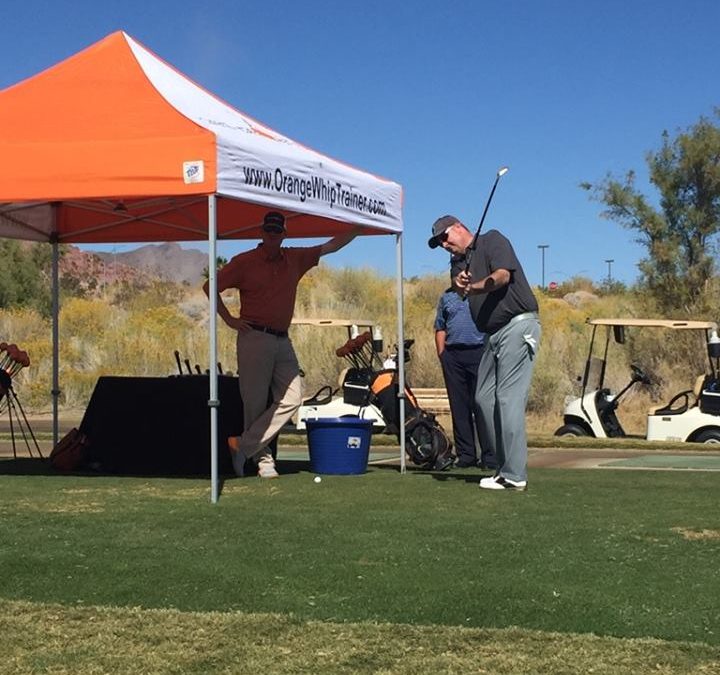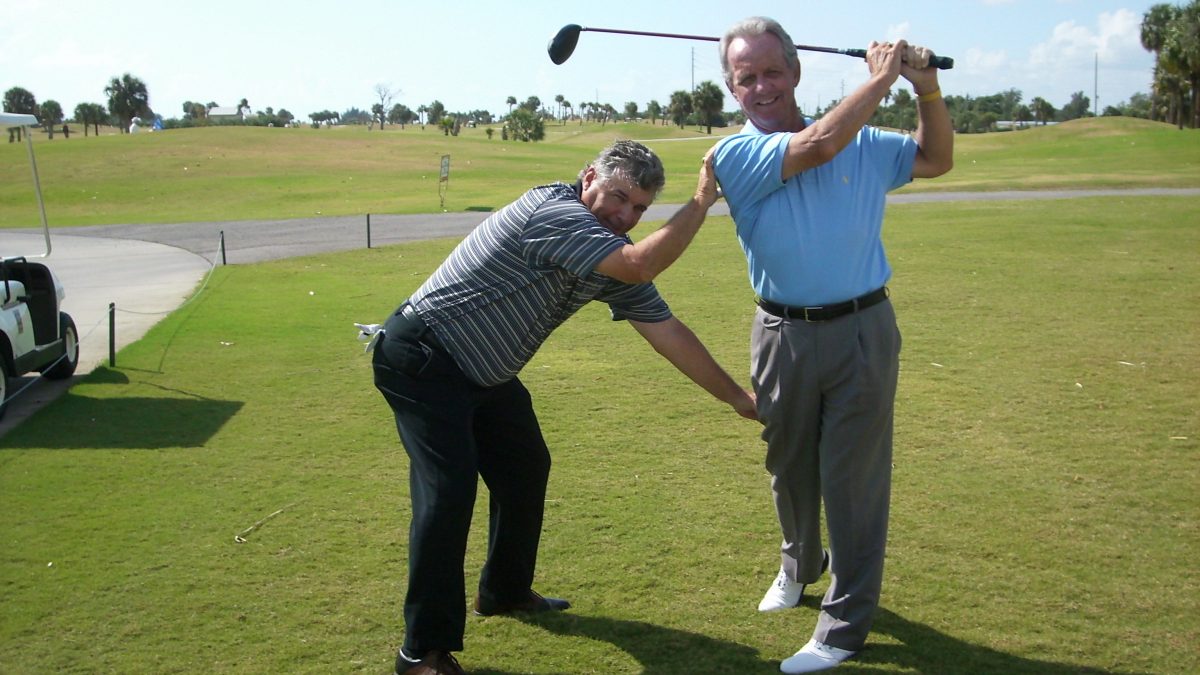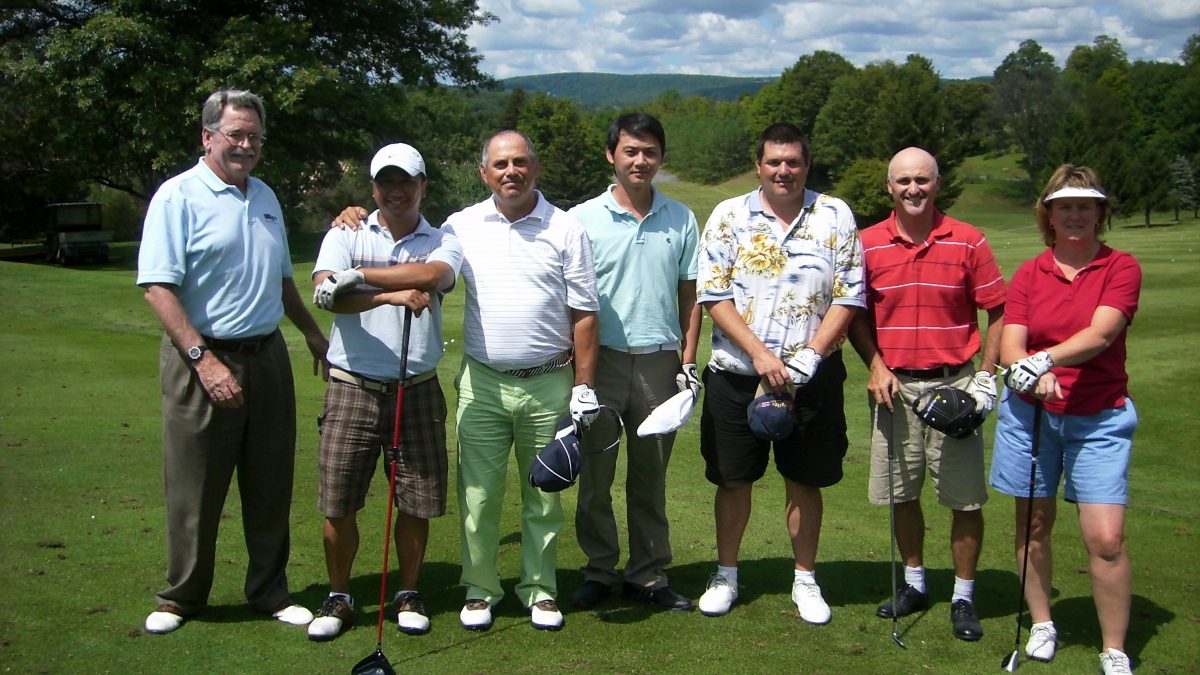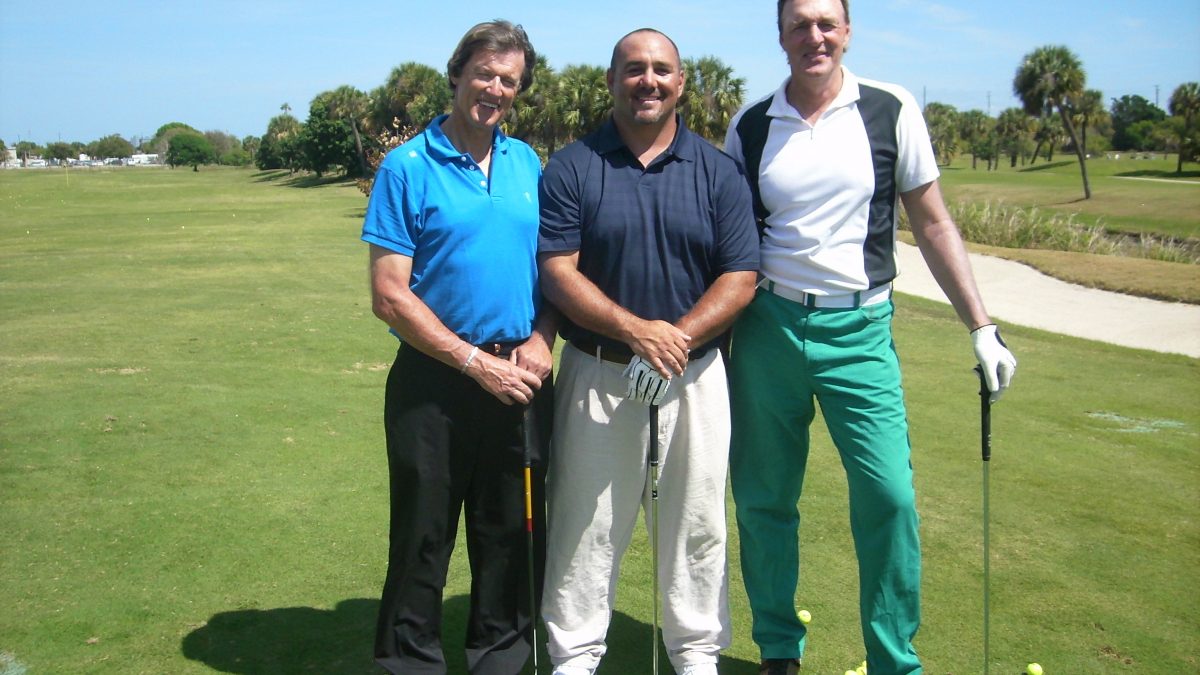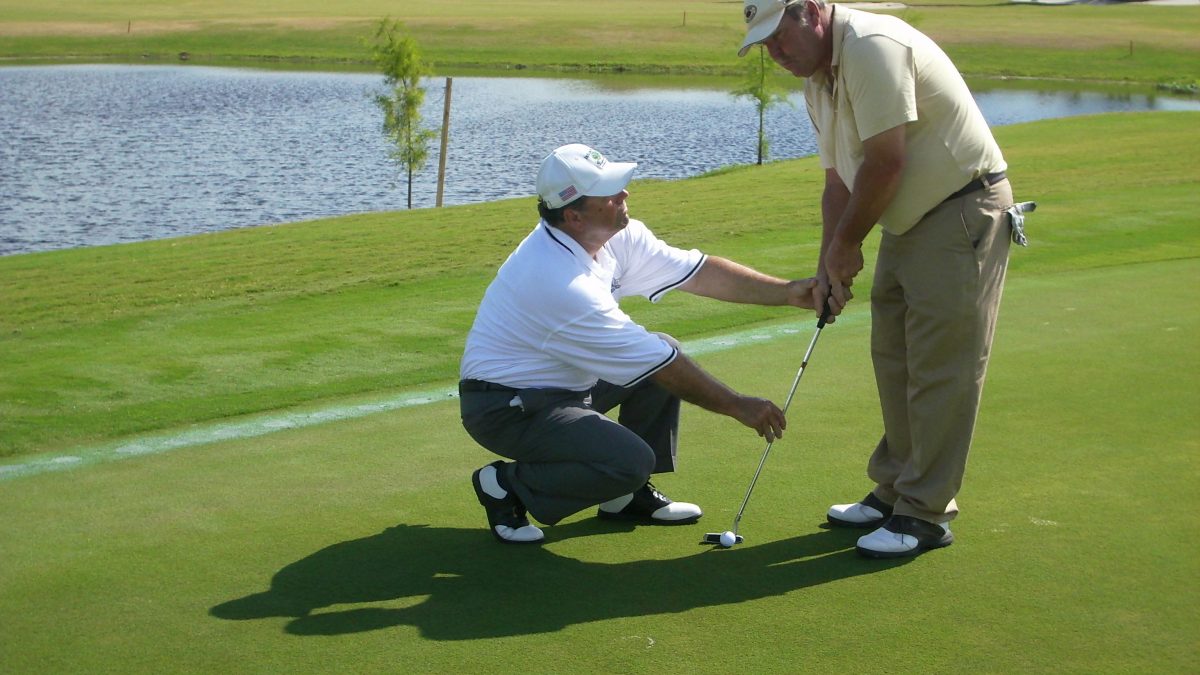Does Tiger Need A Coach?
Tiger Woods recently announced that, after three years, he is no longer working with his golf instructor Chris Como. Of course, with this type of decision, the public is ready to critique both the pros and cons. Tiger has been playing golf at a high level for a long time. He has had some of the top teachers in the world like Butch Harmon, Hank Haney, Sean Foley and Como. His longest lasting coach/student relationship was with Harmon, for almost seven years.
Between all of the instruction Tiger has had over the course of his lifetime, one would assume his knowledge and understanding of the golf swing in general – not to mention his golf swing – is very high. Tiger should be able to break down his swing, spot out areas to work on or tighten up. And if such is the case, then does he really need a coach telling him what he already knows?
I think this is a good move for Tiger. He can focus on scoring, working on shotmaking, scrambling and his short game. Tiger has always been the best scrambler the world has ever seen. Getting back to focusing on scoring, and not overthinking mechanics, could be just the thing he needs.
The great Ben Hogan always talked about “digging your swing out of the dirt.” You have to hit balls on the driving range to figure out what alterations you need to make. You need to play the shot shape you bring to the course and know your game. Only time will tell if Tiger is making the best move for his game. In my opinion, he is making a smart decision about his game.


